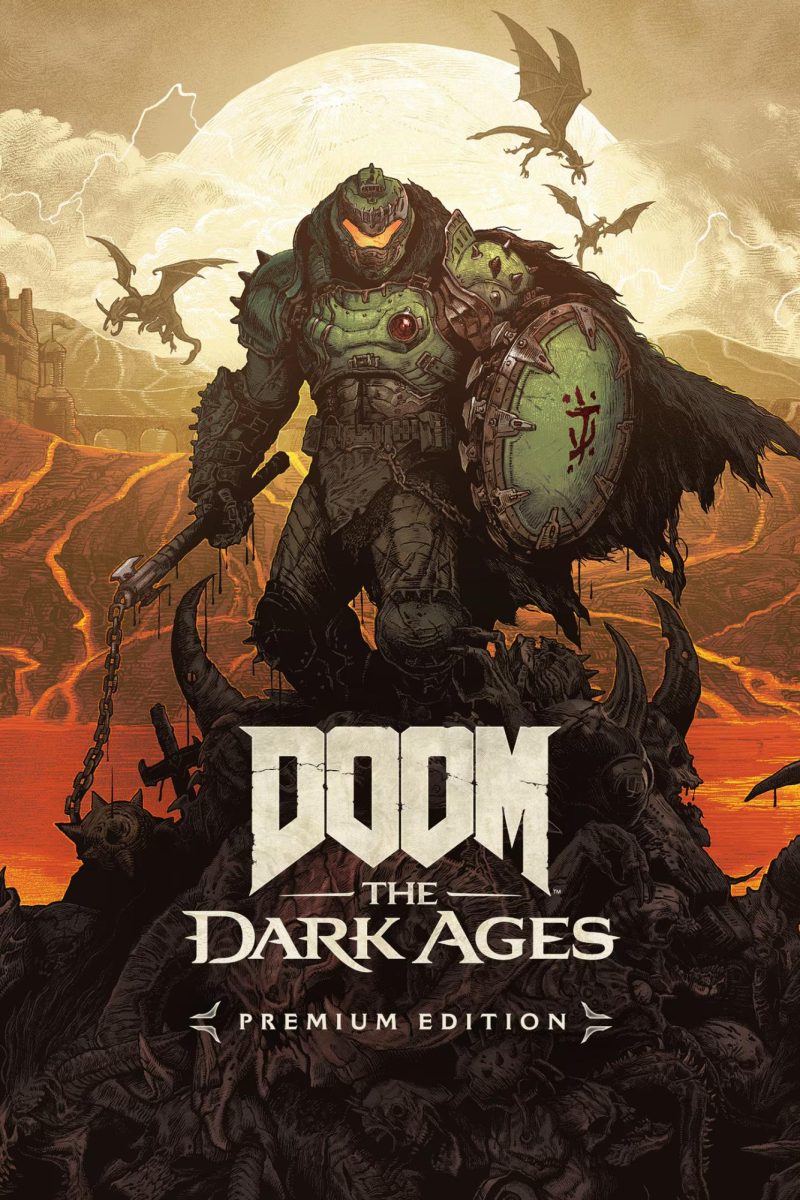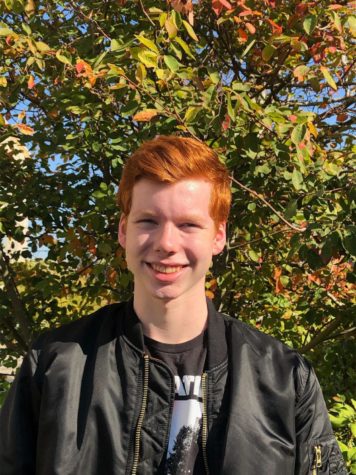“Guardians of the Galaxy Vol. 3” is the perfect ending to a trilogy, one that offers an emotional but satisfying conclusion to the characters we’ve been with for almost ten years. The music and humor of the previous films are here, and James Gunn’s signature creative style gives the film a unique feel within the Marvel Studios blockbuster machine. The film is Rocket’s story and doesn’t shy away from the darkness and horror inherent in that.
When an attack by Adam Warlock (Will Poulter), a Superman-type figure, severely injures Rocket Raccoon, the Guardians of the Galaxy set off on a mission to save him. As their trail draws them to the High Evolutionary (Chukwudi Iwuji), Rocket flashes back to his origins at the hand of the High Evolutionary.
Rocket is the focus of this film, and while he’s unconscious for most of the main timeline, flashbacks reveal his creation and abuse at the hands of the High Evolutionary. The flashbacks give context to his character, who never wanted to talk about his past experiences. These scenes often feature horrific moments, so animal lovers should be warned. Gunn doesn’t shy away from the darkness of Rocket’s journey, which gives the story emotional weight.
While secondary to Rocket’s story, Star-Lord’s (Chris Pratt) story concludes his main MCU arc in an organic and satisfying way. He’s fallen into a rut after Gamora’s (Zoe Saldana) death, and her return as a multiversal variant who doesn’t remember her time with the Guardians complicates matters as well. When she returns to help the Guardians, Quill’s futile attempts to rekindle a romance between the two drive his character arc throughout the film, leading to a satisfying conclusion for both characters.
The film introduces some new characters as well. Linda Cardellini as Lylla (an otter created by the High Evolutionary) is a highlight, despite her limited screen time. Her relationship with Rocket shows the evil of the High Evolutionary and what was stolen from Rocket. Adam Warlock is menacing in his first scene, but it’s quickly revealed he’s recently born and is essentially a child. This allows for some humorous moments one might not expect from a villainous character. His redemption arc, while slightly underdeveloped, shows the Guardians are willing to forgive as they all have darkness in their pasts.
The standout new character in this film is the High Evolutionary. He is depicted as a terrifying and dramatic egomaniac, and you truly feel his belief that he is the replacement for God. He is one of the most evil characters in the MCU to date, and there is no sympathy for him or his goals like Killmonger or even Thanos. His design, with his stretched face and gravitational powers, is realistic yet horrifying.
However, the sheer size of the team at the beginning of the movie leads to some characters being pushed to the side. Drax (Dave Bautista) and Mantis (Pom Klementieff) have little to do with the plot. Thankfully, the oddball humor between the two that we saw in the “Guardians of the Galaxy Holiday Special” and previous films is intact. Nebula (Karen Gillan) gets a bigger role in the events but doesn’t develop much as a character. Kraglin (Sean Gunn) and Cosmo (Maria Bakalova) are relegated to Knowhere for the film as well. And while Groot isn’t given any development, he does get to display some new abilities that create some epic visuals.
James Gunn’s penchant for the strange is reflected in the design of the sets and the High Evolutionary’s creations. Rocket is part of an experiment by the High Evolutionary called Batch 89, which feature cybernetic enhancements such as robotic limbs. The residents of Counter-Earth, who are half human and half animal, are delightfully weird and off-putting. The Hellspawn, who serve as warriors, are terrifying cyborg creations that instill a sense of dread in the viewers. One act is set largely on a strange fleshy space station, and the sight of Knowhere (a decapitated Celestial head used as a floating city) is as jarring as ever.
The film isn’t bogged down by connections to the wider MCU, which allows it to stand on its own. The final sequences do check off the action film trademarks of big explosions and big battles, but there’s a visually impressive fight in a hallway that’s filmed in one take to redeem the generic action.
This time around, the soundtrack isn’t limited to 70s pop. Radiohead’s “Creep” opens the film, when Rocket considers himself a “weirdo” and wonders “what the hell [is he] doing here?” Later in the film, the aforementioned hallway fight sequence is set to “No Sleep Till Brooklyn” by the Beastie Boys. Finally, the final scene features a cathartic use of “Dog Days Are Over” by Florence + The Machine as Knowhere’s population dances in celebration. The songs enhance the viewing experience and story, continuing the traditions established by the first two films.
While the audience’s time with this incarnation of the Guardians of the Galaxy has concluded, Gunn has crafted a cathartic end to the trilogy, one that is more emotional and grounded than the previous films. Standing among the best Marvel movies, and certainly the best film in the Guardians franchise, James Gunn’s MCU sendoff is a perfect example of how to combine the blockbuster formula and an artist’s personal touch. The evolution of the characters from a ragtag group of criminals to a true family and team over the past nine years has been one of the highlights of the Marvel universe, and their sendoff in this movie is the perfect end to their story.
“Guardians of the Galaxy Vol. 3” is in theaters now. It is rated PG-13.





